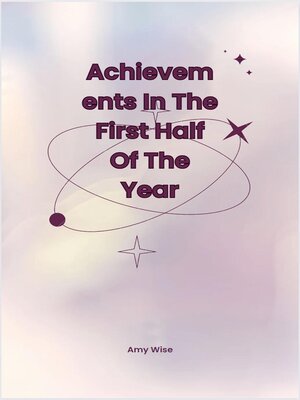
Sign up to save your library
With an OverDrive account, you can save your favorite libraries for at-a-glance information about availability. Find out more about OverDrive accounts.
Find this title in Libby, the library reading app by OverDrive.



Search for a digital library with this title
Title found at these libraries:
| Library Name | Distance |
|---|---|
| Loading... |
The business-boosting topic in our case studies doesn't seem as difficult as creating a new business. A familiar statement is: "It takes some time to find something that works, but once it gets going, we gain momentum and move quickly."
As we saw with Nick's story in Chapter 6-the guy who felt nervous about selling his first $50 photo-sometimes the first sale is the hardest but also the most rewarding. Someone else said much the same thing: "The day I made my first sale was when I knew the business was going to work. Everything that comes later is a reinforcing factor for the initial success."
I call it the "first $1.26 is the hardest" principle because many years ago, one day, I made my first $1.26 with a new project while on vacation in Brussels. (Belgium). I couldn't have bought a Belgian waffle with the money I made that day, but I have a good feeling about the future. In this chapter, we'll look at ways to get ahead by increasing income from an existing business.
How does this happen? There will certainly be a few different factors. Motivation is important and so is the constant attention of the business owner himself. The longer a microbusiness exists, with customers and stakeholders saying good things about it, the more word of mouth will spread. In addition to these natural factors, a series of small, regular actions is all it takes for many businesses to go from zero to hero in a short period of time. These actions are called refinements.







